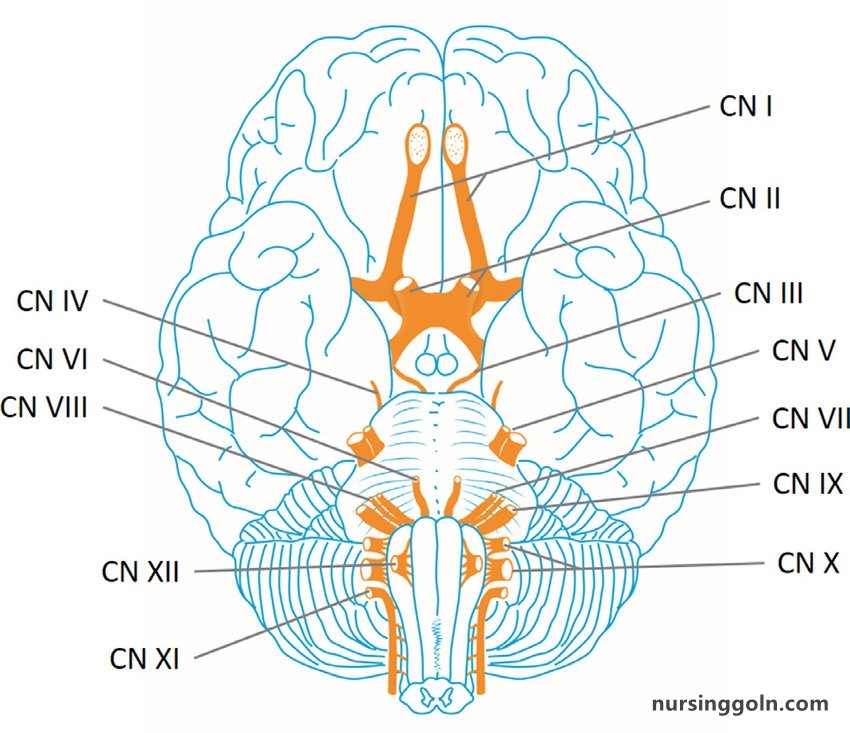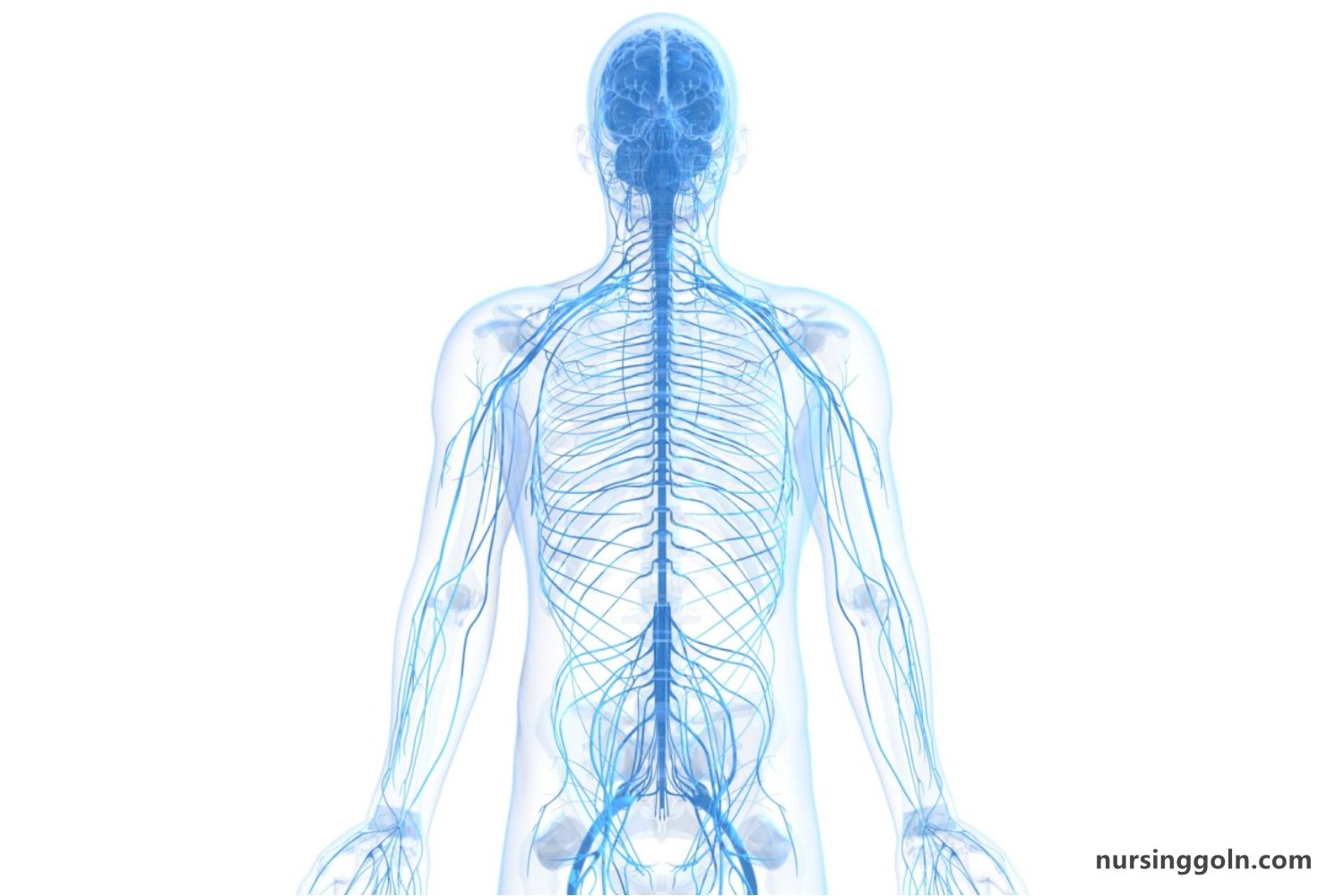Today our topic of discussion is ” The Mental Status Exam “. The vast intricacies of the human mind have captivated and baffled scientists and philosophers for centuries. Within the realm of clinical medicine, the Mental Status Exam (MSE) stands as a beacon, shedding light on an individual’s cognitive, emotional, and psychological state. This article endeavors to provide an expansive overview of the MSE within the broader neurological examination context.

The Mental Status Exam: The Neurological Exam
1. Introduction: The Significance of the MSE
The MSE is a structured assessment used by clinicians to evaluate a patient’s mental function in a comprehensive manner. Far from being limited to psychiatrists, it’s crucial for neurologists, internists, and other medical professionals to grasp its depth and nuances.
2. The Structure of the MSE
While the MSE can vary slightly among clinicians, it typically consists of several key components:
2.1 Appearance
This is a general assessment of the patient’s physical state, including:
- Dress and Hygiene: Observing clothing appropriateness, grooming, etc.
- Posture and Motor Behavior: Noting any tremors, restlessness, or other motor abnormalities.
2.2 Behavior
Understanding a patient’s behavior can provide insights into various conditions:
- Eye Contact: Is it consistent or avoided?
- Cooperativeness: Assessing the patient’s willingness to engage in the examination.
2.3 Speech
Speech patterns can provide hints about potential underlying conditions:
- Rate: Rapid or slow.
- Volume: Loud, normal, or soft.
- Fluency: Checking for hesitations, repetitions, or other speech disturbances.
2.4 Mood and Affect
Mood pertains to the patient’s consistent emotional state, while affect refers to the emotional expression:
- Congruence: Determining if the effect matches the content of speech.
- Range: Observing if the patient displays a full range of emotions.
2.5 Thought Process and Content
Here, the clinician evaluates the way a patient thinks and what occupies their thoughts:
- Flow: Is the thinking linear or disjointed?
- Hallucinations or Delusions: Patients might report false perceptions or beliefs.

2.6 Perceptual Disturbances
This examines the patient’s perception of their environment:
- Hallucinations: Sensing things that aren’t present (visual, auditory, tactile).
- Illusions: Misinterpreting real stimuli.
2.7 Cognition
A crucial component, this assesses the patient’s intellectual faculties:
- Orientation: Recognizing time, place, and person.
- Attention and Concentration: Through tasks like spelling “world” backward.
- Memory: Assessing short-term (e.g., recalling three objects after five minutes) and long-term memory (e.g., past presidents).
- Abstract Thinking: Tasks like interpreting proverbs.
- Insight and Judgment: Understanding one’s own situation and making sound decisions.

3. The Clinical Implications of the MSE
The MSE isn’t just a standalone examination. It’s deeply intertwined with broader neurological and psychiatric evaluations. Various findings might hint at:
- Neurodegenerative Diseases: Alzheimer’s or Parkinson’s disease.
- Mood Disorders: Depression or bipolar disorder.
- Psychotic Disorders: Schizophrenia.
4. The Art of Conducting the MSE
While the MSE has a structure, it requires finesse:
- Building Rapport: Ensuring the patient feels safe and understood.
- Being Observant: Not just listening to answers, but watching non-verbal cues.
- Avoiding Assumptions: Every patient is unique, and clinicians must avoid preconceived notions.

5. Challenges and Limitations
The MSE is powerful, but not infallible. Patients might be uncooperative or withhold information. Cultural differences can also influence responses, and what might be a norm in one culture could be perceived as an anomaly in another.
6. Conclusion: The Mental Status Exam in Perspective
In the orchestra of the neurological examination, the MSE plays a pivotal role. It’s not merely about asking questions but about navigating the vast seas of human cognition, emotion, and behavior. With every assessment, clinicians don’t just gather data; they touch upon the essence of humanity.
Read more:
